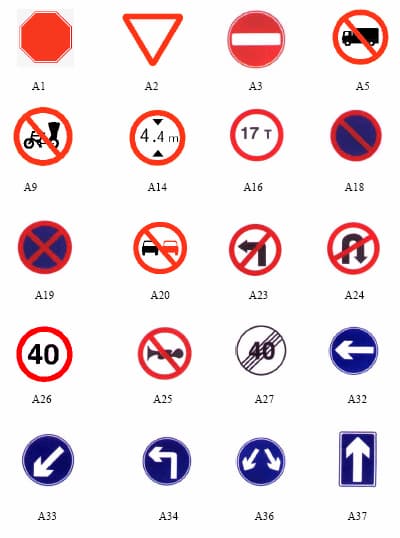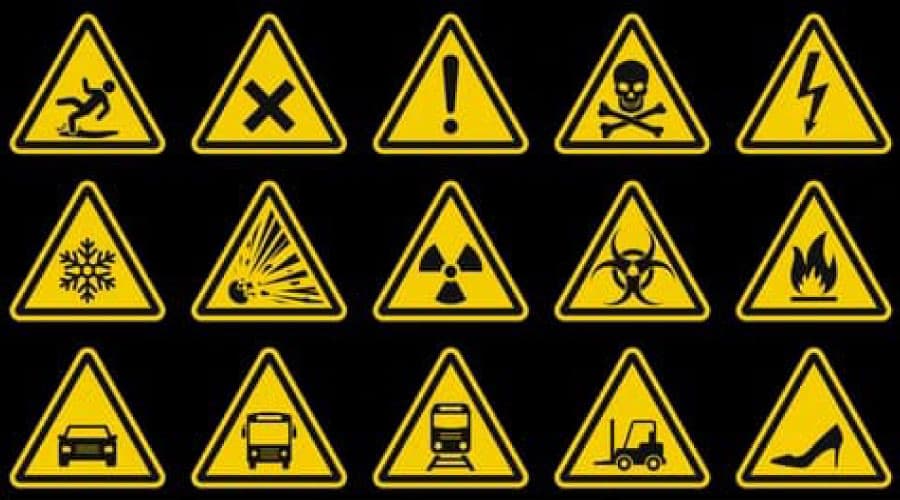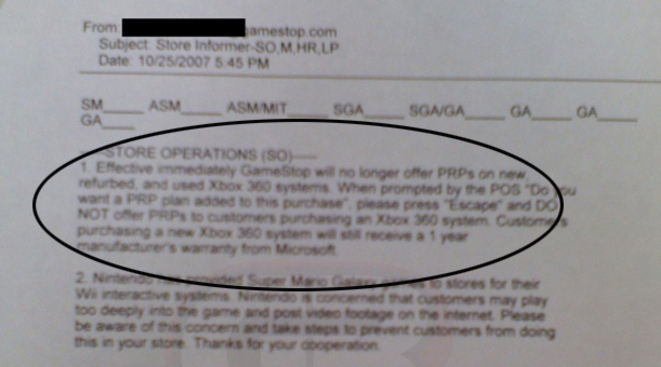Most people would say that the color of a mandatory sign is red. This is because red is often used to indicate danger or something that is required. However, there are no specific colors that are required for mandatory signs. The only requirement is that the sign must be visible and easy to read.

If you’re wondering what color a mandatory sign should be, the answer is usually red, yellow or blue. These are highly visible colors that will grab attention and let people know that they are required to do something. Sometimes, other colors may be used for mandatory signs, but red and yellow are the most common.
Prohibition Sign
Prohibition signs are designed to warn people of the dangers of certain activities. They are usually triangular in shape and have a red border. The most common prohibition sign is the “no smoking” sign.
Prohibition signs are required by law in many places. They must be prominently displayed in order to be effective. Failure to display a prohibition sign can result in a fine or other penalties.
Prohibition signs are an important part of keeping people safe. They should be respected and followed at all times.
Safety Colors And Meanings
Most people are familiar with the common safety colors like red, yellow, and green. But did you know that there are actually specific meanings associated with each color?
Here’s a quick rundown of what each color signifies:
- Red: This is the color of danger and caution. It is typically used to indicate fire hazards, high voltage areas, or toxic materials.
- Yellow: Yellow is used to indicate caution as well. However, it is also used to designate areas where there may be trip or slip hazards present.
- Green: Green indicates that an area is safe. It is often seen in first aid kits or on exit signs.
- Blue: Blue usually signifies water-related hazards such as swimming pools or deep water areas.
- Orange: Orange typically means that a machine or equipment is operating and that caution should be used around it.
Safety Signs
Most people are familiar with the three basic types of safety signs:
- Danger
- Warning
- Caution
However, there are many other types of safety signs that can be used to provide specific information about a hazard or potential danger.
Here is a list of some common safety signs and their meanings:
Danger:
This sign indicates an immediate hazard that will result in death or serious injury if not avoided.
Warning:
This sign indicates a potential hazard that could result in death or serious injury if not avoided.
Caution:
This sign indicates a potential hazard that could result in minor or moderate injury if not avoided.
Biological Hazard:
This sign indicates the presence of a pathogen or other microorganism that could cause disease.
Chemical Hazard:
This sign indicates the presence of a chemical that could be harmful if inhaled, ingested, or absorbed through the skin.
Flammable Hazard:
This sign indicates the presence of a substance that is easily combustible and could start a fire if exposed to an ignition source.
Safety signs are essential for any workplace, home, or public area where there is potential for harm. By posting these signs, you can help to prevent accidents and injuries by alerting people to the dangers around them.
What Does a Yellow Safety Sign Indicate?
There are many different colors of safety signs, each with their own meaning. Yellow safety signs indicate a warning. They are used to warn people of potential hazards and to make them aware of possible dangers.
Some common examples of yellow safety signs include:
- Warning Signs: These signs are used to warn people about potential hazards. They are often used in areas where there is a possibility of injury or death.
- Caution Signs: These signs are used to warn people about possible dangers. They are often used in areas where there is a possibility of property damage or personal injury.
- Notice Signs: These signs are used to make people aware of important information.
They are often used in public places such as schools and hospitals.
4 Types of Safety Signs
There are four main types of safety signs:
- Regulatory
- Warning
- Caution
- Emergency
1# Regulatory signs:
Regulatory signs are used to inform people of specific rules or regulations that must be followed in order to maintain safety.

For example, a regulatory sign might indicate the maximum speed limit in an area or the requirement to wear protective gear while performing a certain task.
2# Warning signs:
Warning signs are used to warn people of potential hazards or dangers.

For example, a warning sign might indicate the presence of poisonous gas or high voltage equipment.
3# Caution signs:
Caution signs are used to caution people about potential hazards or dangers.

For example, a caution sign might indicate slippery conditions ahead or that a particular area is only for authorized personnel.
4# Emergency signs:
Emergency signs are used to indicate the location of emergency exits or equipment, such as fire extinguishers and first aid kits.

What are the Two Colours on a Mandatory Sign?
Most people are familiar with the standard traffic signs that are in place to help regulate the flow of traffic and keep everyone safe. However, did you know that there are actually two colours that are mandated by law for use on these signs? The two colours in question are black and white.
The Colour Black:
Black is used on all mandatory signs as it is considered to be the most visible colour when contrasted against a light background. This is important as these types of signs need to be highly visible so that drivers can see them and comply with the rules.
The Colour White:
White is also used on mandatory signs as it symbolizes peace and calm. This is an important message to convey as following the rules of the road should help to keep everyone safe.
Additionally, white can also be seen as a positive colour as it represents purity and cleanliness.
What is an Example of a Mandatory Sign?
A mandatory sign is a type of sign that is used to indicate that a certain action must be taken, or that a certain condition must be met. Mandatory signs are usually used to promote safety, and are often found in workplaces, schools, and other public places.
Some common examples of mandatory signs include:
“No Smoking” signs, which indicate that smoking is not allowed in the area.
“Wash your hands” signs, which remind people to wash their hands after using the bathroom or handling food.
“Keep out” signs, which tell people to stay out of an area that may be dangerous.
What are the Safety Signs Colors?
There are four safety signs colors which have specific meaning and purpose. They are:
Red: This color is used for danger or emergency situations. It is used to indicate a hazard that could result in serious injury or death.
Yellow: This color is used to caution people about potential hazards. It is used to indicate a hazard that could cause minor injuries or property damage.
Green: This color indicates safe conditions or safe equipment. It is often used on First Aid kits or exit signs.
Blue: This color is typically used for informational purposes only. It is often seen on directional signs or maps.
What Do the 4 Colours on Safety Signs Mean?
Most safety signs follow a specific colour scheme to help ensure that they are easily seen and understood.
The four main colours used on safety signs are:
- Red
- Yellow
- Green
- Blue
Each colour has its own meaning and should be used appropriately to ensure that the sign conveys the correct message.
1# Red:
Red is almost always used to indicate danger. A red sign means that there is an immediate hazard that could cause serious injury or death. It is important to take care when approaching a red sign and make sure that you understand the risks involved before proceeding.
2# Yellow:
Yellow indicates a cautionary message; something that could potentially be hazardous but isn’t necessarily an immediate threat. It is important to take care when approaching a yellow sign and be aware of the potential risks involved before proceeding.
3# Green:
Green typically indicates safe conditions; it lets people know that it is safe to proceed without any significant risk of harm. However, green can also be used for other purposes such as giving directions or providing information about an exit route in case of an emergency.
4# Blue:
Blue is not typically used for safety signage but may occasionally be seen on informational signs or directional signage.
Conclusion
Road signs are typically red, yellow, or white. But did you know that there’s a reason for this? It turns out that these colors are actually mandated by the Federal Highway Administration (FHA).
The FHA has specific requirements for road signs, and one of those is that they be a certain color. For example, stop signs must be red and yield signs must be yellow. The reasoning behind this is that these colors are the most visible to drivers, especially in low-light conditions.
So next time you see a road sign, take note of its color. It just might help you get to your destination safely!





